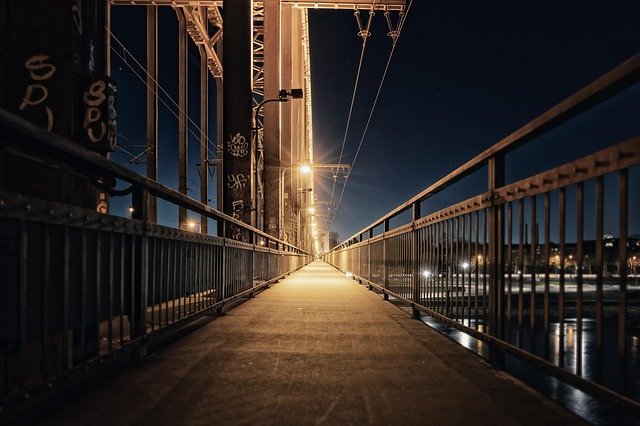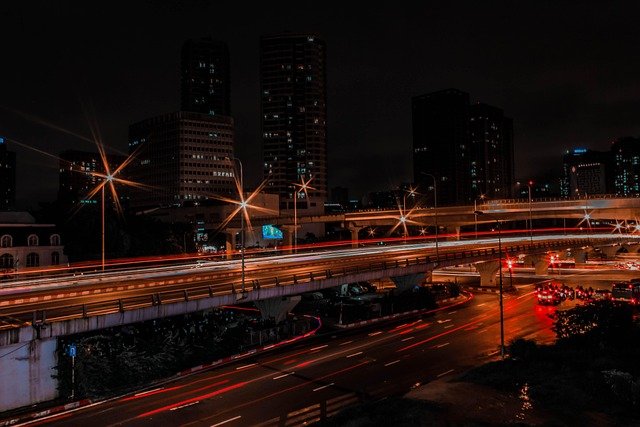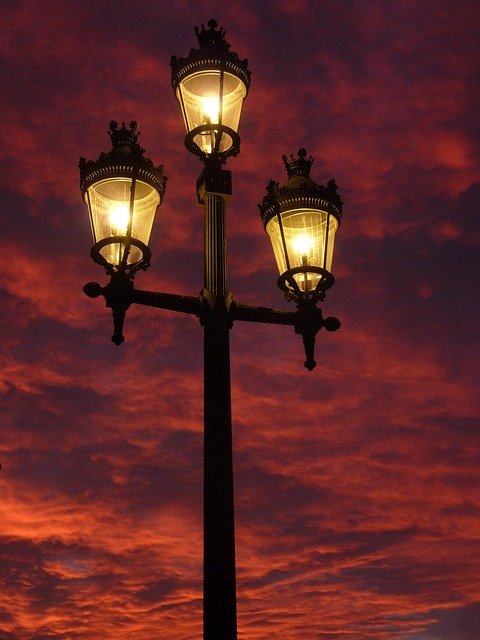Introduction: The Importance of Surge Protection in Smart Lighting Systems
Ensuring electrical stability has become a critical concern as smart lighting systems evolve. Among various threats, power surges—caused by lightning strikes, grid switching, or inductive loads—are a major risk to outdoor lighting infrastructure. Many projects adopt NEMA socket standards for their streetlight lighting controller interfaces, raising an important question:
Should surge protection be integrated into the NEMA socket itself?

Why Surge Protection Is Essential in Outdoor Lighting
Outdoor lighting systems are unsafe to surges due to their chronic exposure to environmental and grid disturbances. Surges can damage expensive lighting units and control devices, resulting in system downtime, increased maintenance costs, and even safety hazards. Therefore, incorporating effective surge protection is not optional—it is essential.
System Structure: Where Should Surge Protection Be Implemented?
To answer whether the socket should have surge protection, we must first look at the system as a whole. There are four key points where surge protection might be applied:
• Power Distribution Panel (Electrical Cabinet):
This is usually the first level of protection, where a centralized SPD (Surge Protective Device) is installed to shield the entire circuit.
• Lighting Fixture (Luminaire):
Many streetlights are now designed with built-in surge protection modules to guard the internal electronics.
• Dusk to dawn light sensor (Lighting Controller):
Lead Top’s fotocell sensor products, such as the LT104, LT124, and LT134, are already equipped with integrated surge protection. These offer reliable protection right at the control interface.
• NEMA Socket:
As the physical connector between the luminaire and the light sensor photocell, NEMA sockets theoretically could include surge protection, but practical usage remains rare.
Why Adding Surge Protection to NEMA Sockets Is Not the Best Choice
• Function Overlap
The socket is merely a connector, not an active electrical component. If the photocell sensor and luminaire both already have surge protection, adding another layer within the socket results in unnecessary duplication and cost.
• Limited Real-World Application
Market demand for surge-protected NEMA sockets is extremely low. Most lighting engineers prefer to place protection within easily replaceable components like fotocell or internal to luminaires.
• Physical and Cost Constraints
Sockets have limited internal space, making it difficult to integrate high-capacity MOVs. Adding surge protection to sockets not only increases production complexity but may also push up the cost without offering clear benefits.
Lead Top’s Approach: Integrating Surge Protection into photoelectric cell
Instead of burdening the socket, Lead Top focuses on building robust surge protection directly into our photocell products:
LT104: Built with 160J MOV, compliant with ANSI C136.10 standard (6KV/3KA).

LT124 & LT134: Offer advanced surge levels up to 1425J, capable of withstanding extreme conditions (20KV/10KA), suitable for complex environments.


These photo cells are plug-and-play with standard NEMA sockets, offering flexibility, safety, and compatibility without the need for a surge-protected socket.
Conclusion: Surge Protection Is Essential—but the Socket Isn’t the Right Place
From a system-level viewpoint, surge protection is undeniably critical in any outdoor lighting setup. However, the NEMA socket itself is not the ideal location for this functionality. As a passive connector, it should maintain simplicity and reliability.
Instead, placing surge protection in components like controller and luminaires—where damage risk is higher and replacement is easier—is a smarter, more cost-effective strategy.
Lead Top’s surge-protected photos deliver both protection and performance, ensuring lighting systems stay operational and resilient under harsh conditions.







